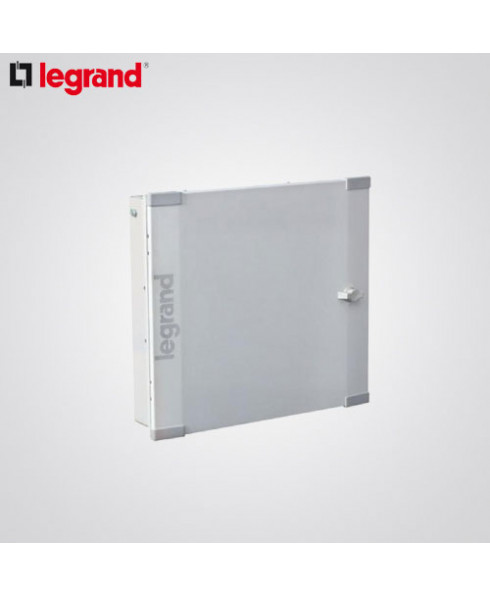The electrical distribution board plays a very crucial role when it comes to electricity and electrical components. The distribution board is designed to carry out a sufficient level of electricity across the circuit to all the electrical switches and appliances.
It helps distribute and control the flow of electricity and makes the appliances work smoothly.
The electrical distribution board is used in residential and large office buildings to maintain a constant flow of electricity for their occupants.
It helps to maintain proper power regulation across all circuits and protects electrical appliances from electrical surges. Moreover, the distribution board also works as the best electrical stabiliser for the home due to its capabilities.
Types of Electrical Distribution Boards
Below are several types of electrical boards from which you can choose the most suitable distribution board, depending on your requirements and appliances.
- Fuse Boxes
The very first type of distribution board is a fuse box. A fuse box is a consumer unit that serves as the load centre of the distribution system.
The fuse box is ideal for distributing electrical power across residential and office buildings as it is affordable and safe. It controls and receives the electricity from the main power line and distributes it to secondary circuits.
The fuse box is usually divided into three sections- the main switch, male and female sockets, residual current devices, and circuit breakers.
It is advisable to install a fuse box in an accessible location to be easily switched off in case of an emergency.
- Main Breaker Panel
Main breaker panels are the most popular type of distribution board. It is frequently used for stabilising the electricity in homes as it protects the circuits from getting overheated.
Main breaker panels are either used for one whole residential or commercial unit. These electricity distribution boards protect the circuits and track the amperage power flowing capacity across the courses.
Moreover, this type of distribution board is secured by connecting it to the power breakers, thereby protecting a power supply by shutting down in case of any crisis like a short circuit.
- Main Lug Panel
Main Lug Panel is effectively used for a residential or commercial unit. In this type of distribution board, the electrical lines are designed to run through the lugs, and a circuit breaker is connected to them. Therefore, the main Lug Panel is usually used upstream when the main breaker panel is.
These distribution boards have a separate disconnector designed to disconnect them during fires and other emergencies. The power breaker gets triggered in case of a high power supply, and the power meter immediately minimises the current.
- Subpanels
Subpanels are the type of distribution board frequently used as it is easiest to install, cleaner, and more effective in the house. These distribution boards have a smaller design and are convenient for handling in a specific location of the home or property.
Subpanels are connected to the main panel through a circuit, and they get power from the mainboard and distribute it around an area or property.
The only drawback of this small yet effective subpanel distribution board is its separate disconnection.
- Transfer Switches
Transfer Switches is a subpanel variant used when a power load needs to be switched or shifted from one electrical source to another. In case of power supply disruption, these distribution board types are ideal for backup power generators, as they transform generator power to electrical power through the breaker panel.
They are especially helpful in stormy regions, convenient where power cuts frequently or where weather is unstable and unpredictable to backup power generators.
There are usually two types of transfer Switches-
- Manual Transfer Switches
To generate the electrical load to the backup power, one must operate the switch manually.
- Automatic Transfer Switches
It is seamless and easy for the homeowners as this type of transfer switch gets temporary electrical power automatically from the primary source to a backup source.





